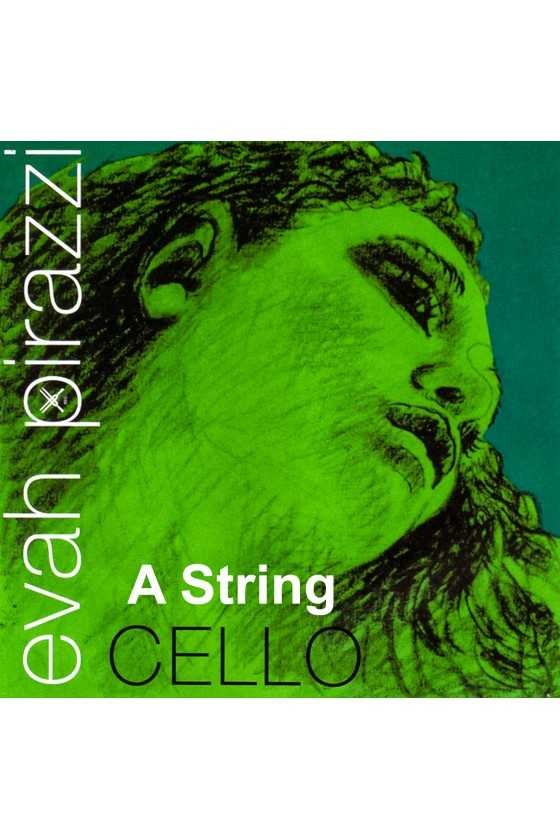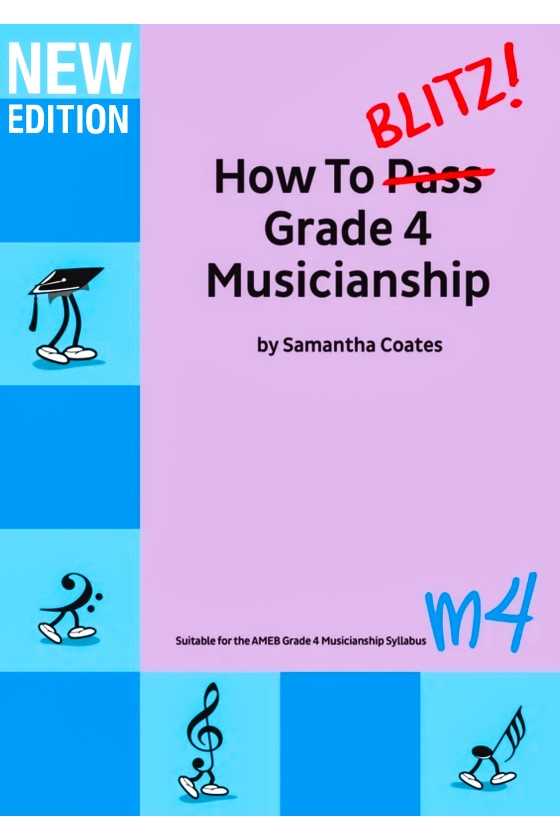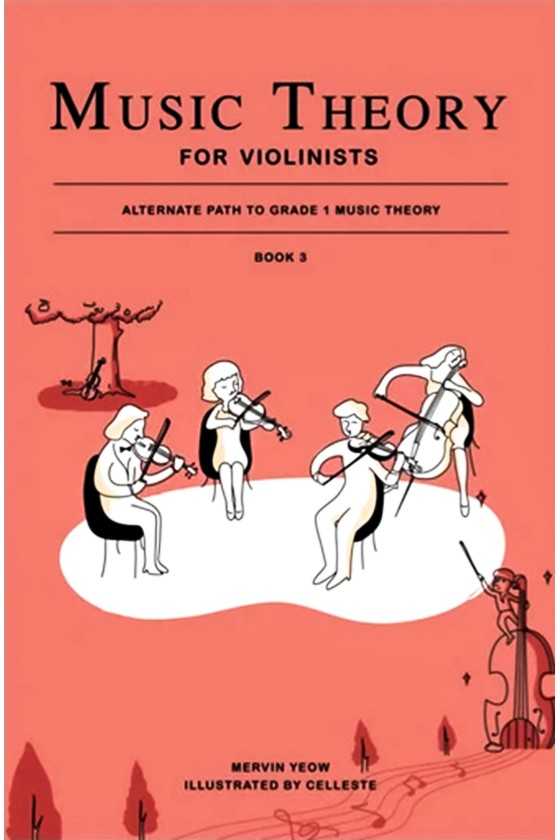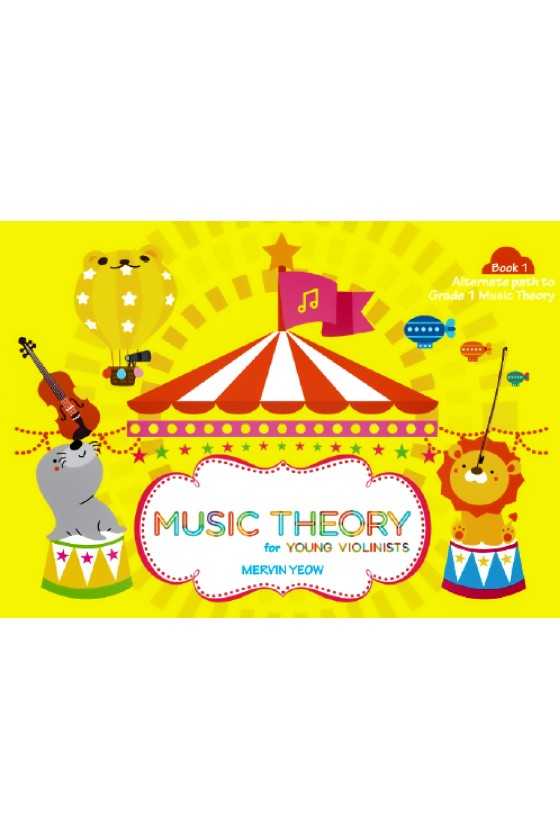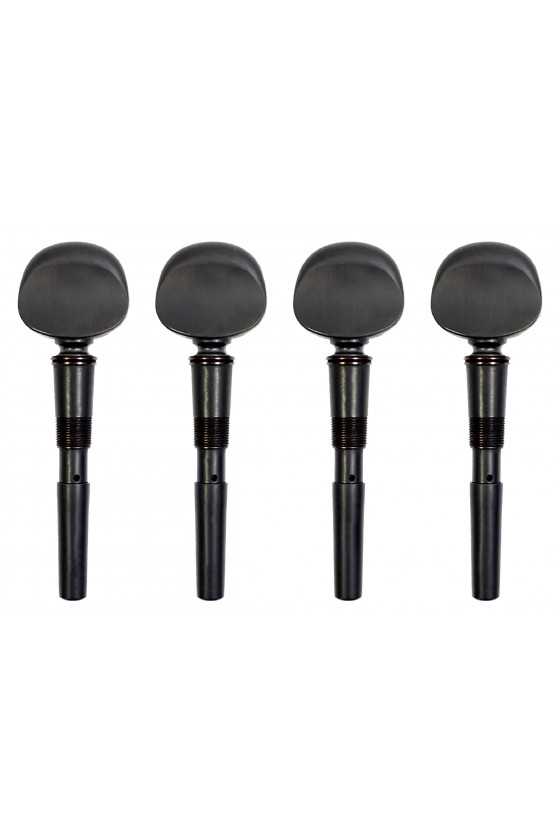Chorda Cello String G and C strings package
The Chorda cello G and C strings are wound with silver-plated copper wire. They produce a brilliant and soft sound with low string tension, designed for 440 Hz tuning. For 415 Hz tuning, use the "strong" gauge. Changing the PM gauge by 1/2 PM alters the tension by 4%.
These authentic strings are explicitly designed for baroque instruments and are available in 4/4 size.
• Brilliant and soft sound with huge possibilities
• Very low string tension
• Comfortable left-hand feeling
The medium set contains the following strings:
• A plain gut 21
• D plain gut 29
• G silver-plated copper wire 27 1/2
• C silver-plated copper wire 36





